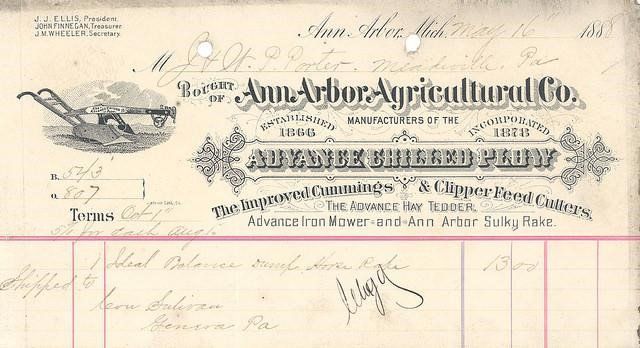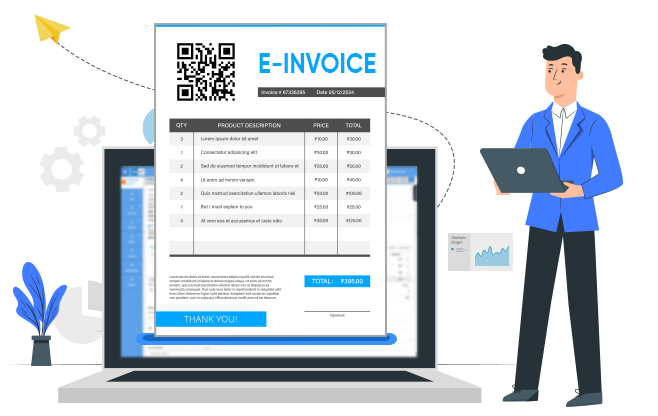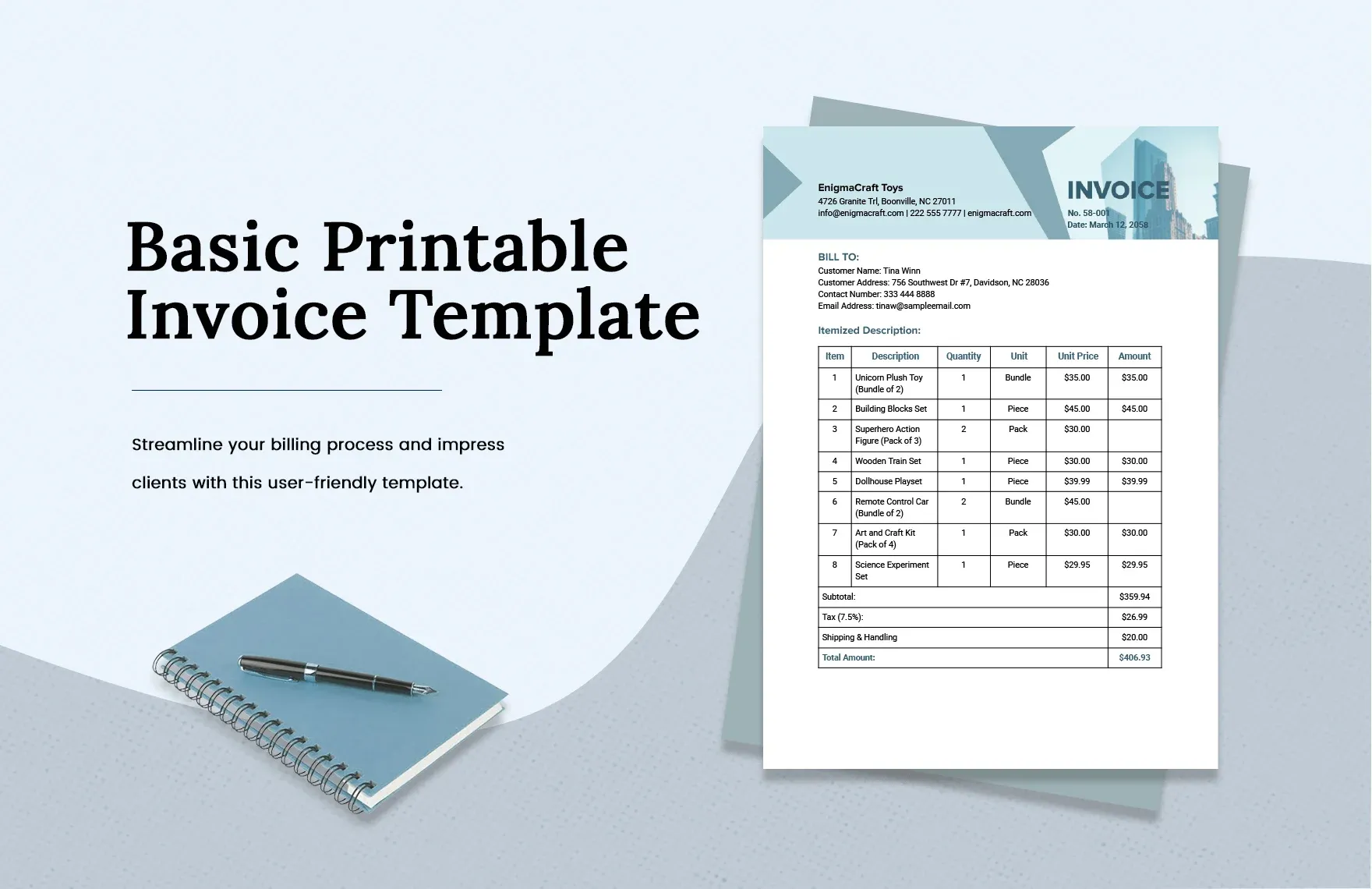Invoicing Through the Centuries: A Comprehensive Look at Its Historical Development

Introduction
The practice of invoicing has been a fundamental aspect of commercial transactions for centuries. It serves as a formal document outlining the details of a transaction, including the goods or services provided, their associated costs, and payment terms. Invoicing ensures transparency, facilitates financial record-keeping, and helps establish trustworthy business relationships between sellers and buyers.
With advancements in technology, invoicing methods have evolved over time. From traditional paper-based invoices to modern online solutions and dedicated invoice software templates, businesses now have numerous options to streamline their invoicing processes.
This essay explores the historical development of invoicing, from its early origins to contemporary practices. Additionally, it examines key aspects such as sending invoices online, determining when to invoice customers, how to invoice customers effectively, and utilizing invoice software templates for efficient billing operations.
Early Origins: The Birth of Invoicing

The concept of invoicing traces back thousands of years. In ancient civilizations like Mesopotamia and Egypt during the Bronze Age (approximately 3500–1200 BCE), merchants used clay tablets inscribed with transaction details for recording purposes. These early iterations can be considered precursors to today's invoices.
As trade expanded across regions throughout history—from ancient Greece and Rome to medieval Europe—the need for standardized documentation became more apparent. Merchants began using handwritten bills detailing items sold along with corresponding prices—a practice akin to present-day itemized invoices.
Evolution into Modern Times

The Industrial Revolution marked a significant turning point in the development of modern invoicing practices. With increased industrialization came larger-scale production and complex supply chains requiring more structured accounting systems.
During the late 18th century onwards, printed invoices gained prominence as businesses sought efficiency through mass production techniques enabled by printing presses—making it easier than ever before to generate multiple copies quickly.
Over time, these printed documents incorporated standardized elements such as company logos, addresses, invoice numbers, item descriptions, quantities, unit prices, totals, and payment terms. This standardization facilitated easier communication between businesses and their customers while establishing a sense of professionalism.
Invoicing Online: The Digital Revolution

The advent of the Internet in the late 20th century revolutionized business practices across all sectors—including invoicing. As online commerce soared in popularity, businesses sought ways to streamline their billing processes by embracing electronic invoicing or e-invoicing.
E-invoicing enables companies to send invoices electronically over the Internet rather than relying on physical documents. This method offers several advantages over traditional paper-based systems—speedier delivery times, reduced costs associated with printing and postage fees, and enhanced security through encryption technology for sensitive financial data transmission—all contributing to increased efficiency and improved customer satisfaction.
Moreover, e-invoicing provides additional benefits like automated reminders for overdue payments and integration with accounting software systems—an invaluable feature for seamless financial record-keeping.
Determining When to Invoice Customers

Determining when to invoice customers depends on various factors such as industry standards and contractual agreements established between parties involved in a transaction. In general practice:
1. Prepayment: Some businesses require upfront payment before delivering goods or providing services—a common approach seen in industries like event planning or custom manufacturing.
2. Milestone-Based: For long-term projects spanning weeks or months (e.g., construction), invoices may be issued upon completion of predefined milestones.
3. Time-Based: Other businesses opt for regular billing cycles—weekly, monthly—or after specific time durations agreed upon with clients.
4. Upon Delivery/Completion: Many transactions involve immediate invoicing upon delivery/completion—the most straightforward approach often used when selling tangible goods off the shelf.
Ultimately, finding the right timing requires considering both business requirements and customers' expectations while adhering to legal obligations outlined by relevant regulations governing invoicing practices.
How to Invoice Customers Effectively
Effectively invoicing customers involves following a systematic approach to ensure accuracy, clarity, and professionalism. Key steps include:
1. Gather Essential Information: Collect all relevant details such as customer name, contact information, product/service descriptions, quantities, prices, applicable taxes or discounts.
2. Invoice Numbering: Assign unique invoice numbers for better organization and tracking purposes.
3. Clear Formatting: Present information in a clear and organized manner—company logo/header/footer, itemized lists with description/quantity/price/totals/subtotals/discounts/applicable taxes/payment terms.
4. Include Payment Instructions: Clearly state accepted payment methods (e.g., bank transfer, credit card), and due dates/deadlines for prompt payments.
5. Consider Electronic Invoicing Options: Leverage electronic invoicing platforms or dedicated invoice software templates to streamline processes and reduce errors.
By adhering to these practices and tailoring them to specific business needs/customer preferences when necessary, companies can enhance their invoicing efficiency while maintaining professionalism throughout the billing cycle.
The Role of Invoice Software Templates

Invoice software templates have emerged as valuable tools in modern-day business environments where automation is paramount for operational efficiency. These templates provide pre-designed invoice formats readily adaptable to individual businesses' branding requirements while incorporating essential elements like company logos/details/product specifics/prices/totals/payment terms.
Utilizing invoice software templates offers numerous advantages:
1. Time-Saving: With predefined fields and automated calculations/formulas embedded within the template design, generating accurate invoices becomes quick and hassle-free.
2. Consistency: By using standardized invoice formats across all transactions, businesses establish a cohesive brand identity reinforcing professional credibility.
3. Customization Possibilities: Businesses can tailor invoice designs according to their unique visual identities without compromising on essential elements required by accounting standards/regulations.
4. Integration Potential: Many invoice software templates seamlessly integrate with accounting systems, allowing for automatic data transfer and simplified financial record-keeping.
Conclusion
Throughout history, invoicing has played a pivotal role in facilitating commercial transactions. From its humble origins in clay tablets to modern online solutions and dedicated invoice software templates, invoicing practices have evolved significantly.
With the advent of e-invoicing technologies, businesses can now send invoices electronically, benefiting from streamlined processes, reduced costs, enhanced security measures, and integration capabilities with accounting systems. Determining when to invoice customers relies on industry standards and mutually agreed contractual arrangements.
When it comes to effective customer invoicing practices, attention to detail in gathering essential information while following clear formatting guidelines ensures accuracy and professionalism. Utilizing invoice software templates further optimizes efficiency by saving time through automation while maintaining brand consistency.
As technology continues to advance at a rapid pace, businesses must embrace innovative solutions like online invoicing platforms and digital tools—empowering them to adapt effectively within today's ever-evolving global business landscape where efficient financial operations remain crucial for success.
